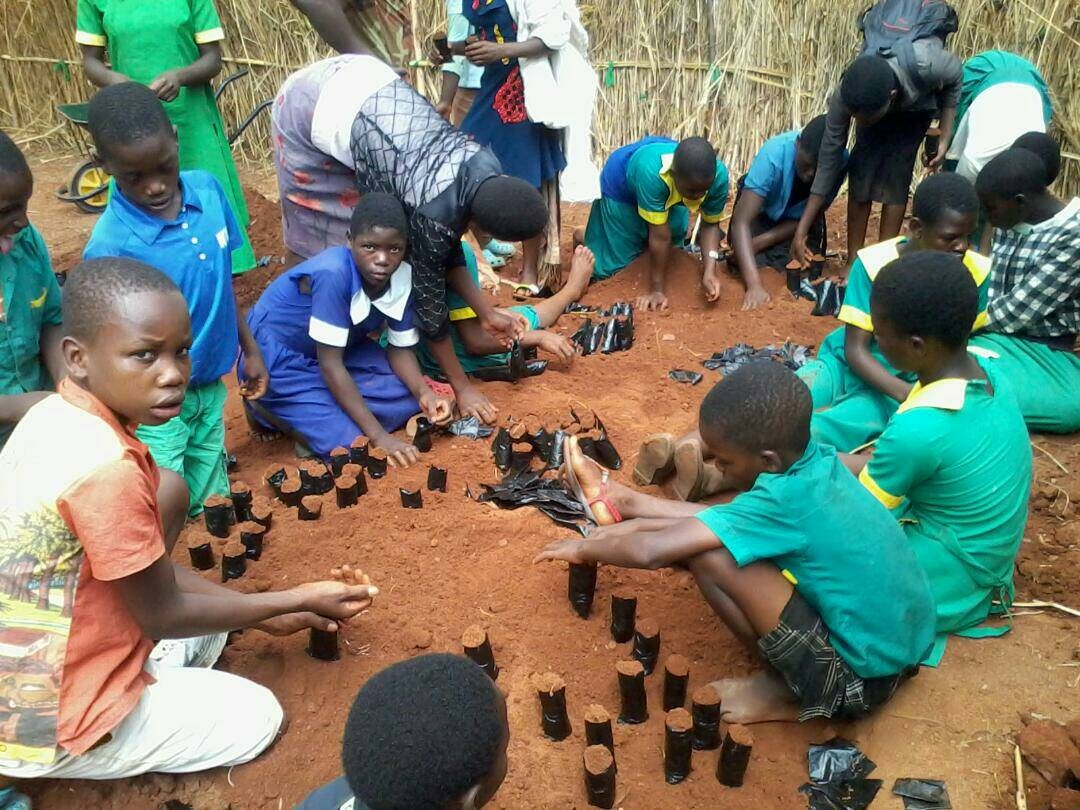Socioeconomic characterization of the families.
With the socioeconomic characterization of the families, the status of the use and tenure situation within the PA has been identified, which in turn has allowed the PNN to orient its governance and land planning actions. In turn, this has allowed the PNN to orient its governance and land planning actions. In order to achieve the socioeconomic characterization of the farming families, several activities were carried out, which are described below.
Surveys to obtain primary information on the following variables:
Population according to gender and age.
Family composition
Educational level by gender
Occupation by gender
Health.
Access to state programs.
Housing characteristics.
Basic sanitation.
Accessibility: access roads, means of transportation and travel time.
Identification of production systems.
Field visits: Visit to the farms and verification of the information provided in the surveys. Also, georeferencing of the boundaries and land use of the property, water intake where the water is taken for family consumption and the site of the house were carried out.
Use of Geographic Information Systems: Aimed at processing the information collected in the field and in turn generate maps with the polygons of the farms and the location of the families.
